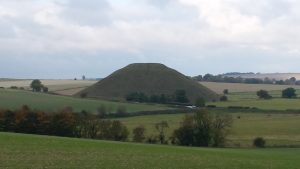
Throughout most of human history, we have made great efforts to commemorate the dead, particularly those who were important in some way, or whose actions deserved special honour. Conversely, we have shown disapproval by denying proper burial, or defacing graves and monuments. In ancient Egypt, a person’s name might be obliterated, with the intention of depriving them of both recognition and tangible offerings by future generations. But it is our treatment of the honoured dead which interests me today.
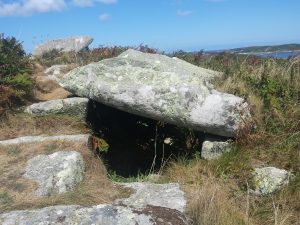
We have often buried a body, but we have also often buried the burned ashes of bodies, or items they used in life. In these cases, the tomb serves as a formal reminder of the person rather than an actual resting place. We have buried people singly, but more often in groups, according to family ties or the roles they fulfilled. And very often we have raised our memorials to the dead in prominent places, as an ongoing sign to the living.
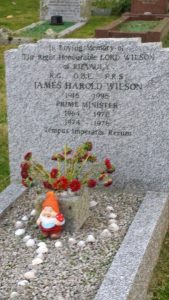
Through most of history, until comparatively recently, we have liked to keep our dead close to us. Looking back in time, it is hard to know what the reasons for this were. Could it have been protection, to ensure that malevolent influences were kept at bay? Or to placate ancestors who might judge the living harshly? Or to provide comfort in a time of mourning? Or simply for convenience, to simplify the process of providing both prayerful respect and tangible offerings? Today, even though we are often geographically scattered from our ancestors, the sight of a grave that has been cared for and adorned with fresh flowers – or more personal items – usually touches and inspires us. Perhaps we see it as a vicarious offering on our own behalf, when we cannot do the same ourselves.
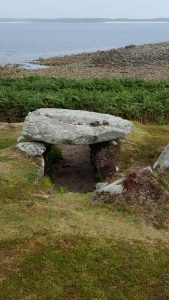
On the Scilly Isles in the late Neolithic and Bronze Ages, the honoured dead were remembered with large stone cairns. They are now called entrance graves, and the style is largely unknown in most of Europe. A central area, roughly the size of a coffin, was lined with stones on either side. One end was chosen as the entrance, and blocked with a separate stone, often slightly offset so as to leave a gap. Finally, several large capstones were placed on top – this itself must have been a serious undertaking given the weight involved. There is a natural orientation to the graves – the line through the middle pointing in or out of the door – but there is no overall consistency about this orientation.
Few if any of them seem ever to have contained dead bodies, or even extensive grave goods, though ashes and oil have been found in some. Presumably the monument itself was sufficient to commemorate the people involved, even over several generations.
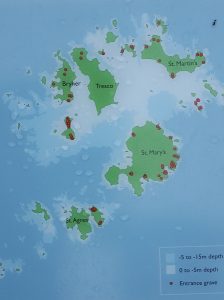
On Scilly we find these monuments on the tops of hills, clustered together in lines and groups. That in itself is not very surprising, since it made them easily visible. But on Scilly, these hills are situated in a ring on the seaward edge of the land – the central lower-lying plain is now submerged under the encroaching Atlantic. This has happened within historical memory, and accounts from the Roman era through until the time of the Norman kings tell us of the gradual division into the archipelago we now see.
So this raises again the question of motive. Did the builders of these tombs expect that the honoured dead would protect them from invaders from over the sea? Perhaps even from the sea itself, since I am sure that the communities of the time would be aware that ancestral lands were, little by little, being eaten away. Or was the intention to face outwards, so that a person’s tomb remembered a great voyage they had made, or fishing areas that were especially generous?
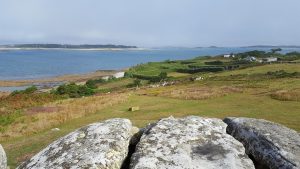
At this remove in time, given that we are dealing with a culture that either could not or chose not to record itself in writing, we cannot answer these questions. They remain as enigmatic as the stones themselves. What we do know is that these places remained important to Scillonians for a very long time. One burial – Bant’s Carn, on St Mary’s, remained intact throughout the Bronze and Iron Ages, despite the presence of Halangy village which thrived just down the hill from it for many centuries. The villagers may have continued to hold ceremonies around the tomb, or may have placidly ignored it, but they lived in its shadow and took care not to demolish it. The desire to honour the dead runs very deep in us.
